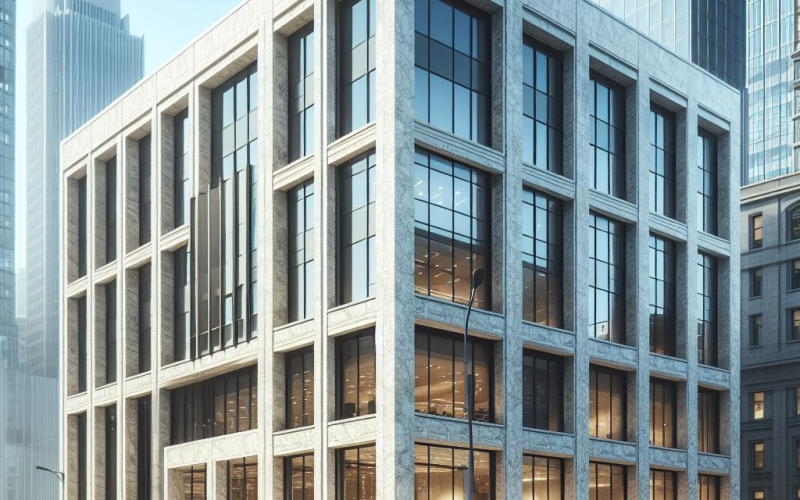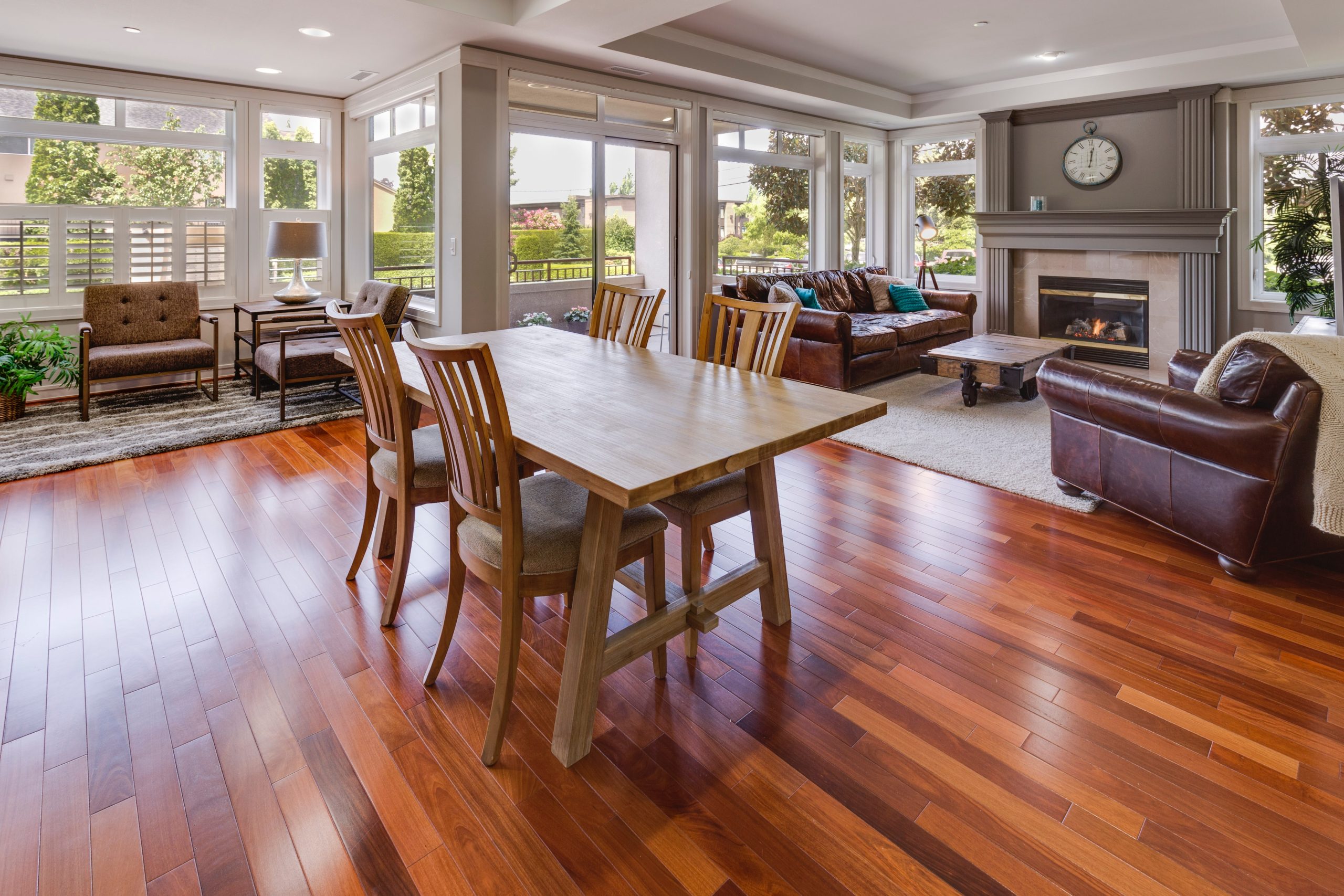Introduction
John Doe is not just an architect; he’s a visionary who believes in the power of sustainable design. With over two decades of experience, John has seen the evolution of the construction industry and the increasing importance of sustainability. His advocacy for natural materials like limestone is rooted in his understanding of their long-term benefits for both the environment and the building’s lifespan.
The Rising Demand for Sustainable Building Materials
The shift towards sustainable building materials is not just a trend, but a necessity. As the impacts of climate change become more apparent, the real estate industry is recognizing its role in mitigating these effects. Sustainable materials reduce the carbon footprint of buildings and often offer better durability and longevity, making them a smart investment.
Limestone: An Overview
Limestone is more than just a rock. It’s a testament to nature’s brilliance. Formed over millions of years from the remains of marine organisms, limestone has a unique combination of characteristics that make it an excellent building material. Its natural beauty enhances the aesthetic appeal of buildings, while its durability ensures they stand the test of time.
Why Limestone is the Bedrock of Commercial Real Estate
Limestone’s benefits go beyond its physical properties. Its use in construction can contribute to LEED certification, an internationally recognized green building certification system. Buildings with LEED certification can attract higher rents and have higher occupancy rates, making limestone a strategic choice for commercial real estate.

The Benefits of Using Limestone in Construction
The benefits of limestone extend to all stakeholders in a building project. Developers benefit from its durability and potential for LEED certification, occupants benefit from the improved indoor air quality due to limestone’s natural properties, and the environment benefits from the reduced carbon footprint of a limestone building.
Case Study: Successful Commercial Projects Using Limestone
The Empire State Building is a prime example of limestone’s potential. Despite being almost a century old, the building stands strong, its limestone facade as grand as ever. This is a testament to limestone’s durability and timeless appeal.
The Future of Limestone in Commercial Real Estate
As the demand for sustainable building materials grows, so does the potential for limestone. Its unique combination of sustainability, durability, and aesthetic appeal make it a promising material for the future of commercial real estate.
Comparative Table: Limestone vs. Other Building Materials
| Material | Cost | Sustainability | Durability |
|---|---|---|---|
| Limestone | Medium | High | High |
| Concrete | Low | Medium | High |
| Steel | High | Low | Very High |
| Wood | Medium | High | Medium |
This table clearly shows that while other materials may have lower costs or higher durability, none can match limestone’s balance of cost, sustainability, and durability.
In conclusion, limestone is a time-tested material that offers unique benefits for commercial real estate development. Its combination of durability, versatility, and sustainability make it an excellent choice for developers, investors, and architects looking to create lasting, beautiful buildings. As John Doe would say, “Limestone truly is the bedrock of commercial real estate.”










